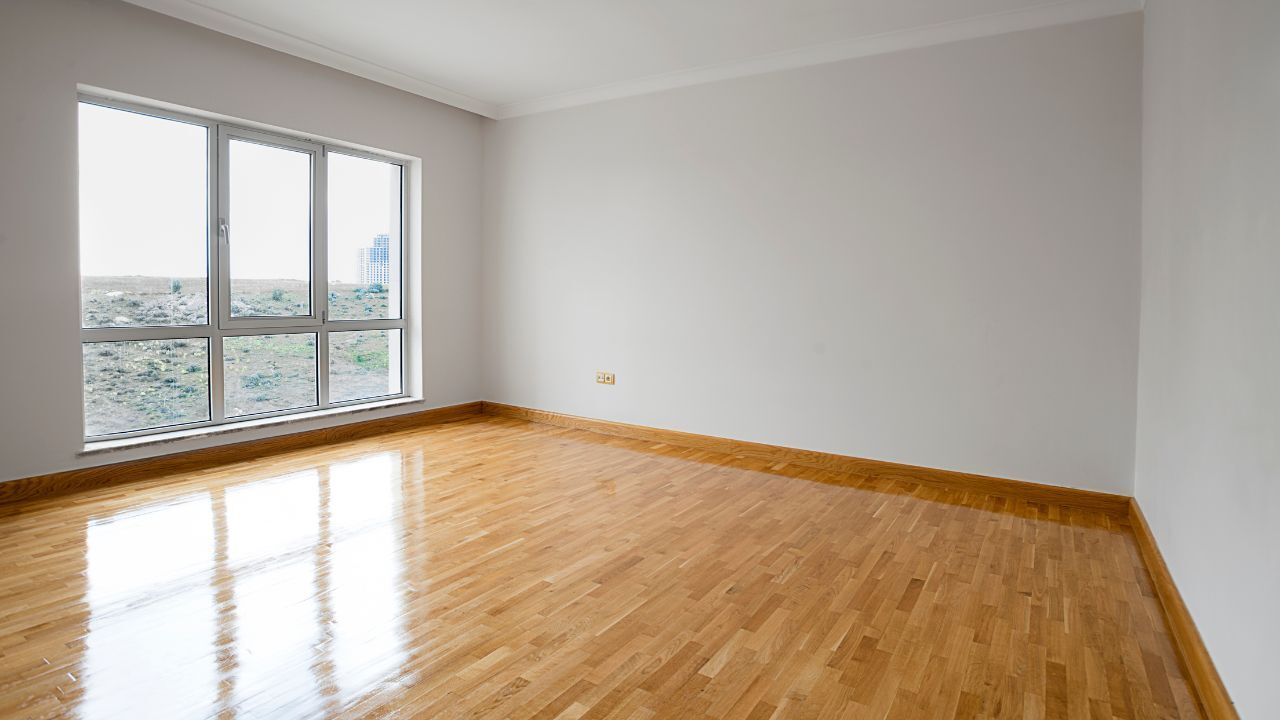 Selling a home can feel straightforward, but many homeowners are surprised by the hidden costs that can affect their bottom line. Beyond the agentís commission and mortgage payoff, a variety of expenses can accumulate during the selling process. Understanding these costs ahead of time ensures you are financially prepared and helps avoid surprises at closing.
Selling a home can feel straightforward, but many homeowners are surprised by the hidden costs that can affect their bottom line. Beyond the agentís commission and mortgage payoff, a variety of expenses can accumulate during the selling process. Understanding these costs ahead of time ensures you are financially prepared and helps avoid surprises at closing.
Repairs and Home Improvements
Even minor repairs can add up. Painting, fixing leaks, replacing outdated fixtures, and landscaping improvements can significantly enhance a homeís appeal. While some upgrades increase sale value, they still require upfront investment, and homeowners should budget accordingly.
Staging and Photography
Professional staging and high-quality photography can help a home sell faster and attract more buyers. These services come at a cost, but they can improve marketing effectiveness, create a strong first impression, and potentially justify a higher asking price.
Moving Expenses
Moving is often an underestimated cost. Packing supplies, professional movers, storage units, and transportation can add thousands of dollars to the selling process. Planning early and budgeting for moving costs helps prevent unexpected financial strain.
Closing Costs and Fees
Sellers often forget about closing costs beyond the agentís commission. These can include title insurance, escrow fees, attorney fees, transfer taxes, and outstanding utility bills. Reviewing these expenses with your agent or a closing professional ensures there are no surprises during settlement.
Temporary Housing and Utilities
If your new home is not ready when you sell, temporary housing or short-term rentals may be necessary. Additionally, you may need to continue paying utilities on your sold home until the closing is finalized. These costs can quickly accumulate if not planned for in advance.
Awareness of all potential expenses allows homeowners to set realistic expectations and make informed decisions during the selling process. By planning for repairs, staging, moving, closing costs, and temporary accommodations, sellers can reduce stress, avoid financial surprises, and maximize the success of their home sale.
 When it comes to selling a home, many people assume that success depends on luck, timing, or even the perfect buyer stumbling across the listing. But the truth is, most successful sellers share one common strategy, and it has little to do with home staging, marketing, or even upgrades. The key? Getting the price right from the very beginning.
When it comes to selling a home, many people assume that success depends on luck, timing, or even the perfect buyer stumbling across the listing. But the truth is, most successful sellers share one common strategy, and it has little to do with home staging, marketing, or even upgrades. The key? Getting the price right from the very beginning. June is National Homeownership Month, a special time to celebrate the dream of owning a home and highlight programs that help make homeownership more attainable. One standout resource for many aspiring homeowners is the National Homebuyer Fund (NHF), an organization dedicated to providing vital financial assistance to low-to-moderate income families striving to buy their first home.
June is National Homeownership Month, a special time to celebrate the dream of owning a home and highlight programs that help make homeownership more attainable. One standout resource for many aspiring homeowners is the National Homebuyer Fund (NHF), an organization dedicated to providing vital financial assistance to low-to-moderate income families striving to buy their first home. June is National Homeownership Month, a time dedicated to celebrating the American dream of homeownership and spotlighting the tools and resources that help make that dream a reality. For millions of aspiring homeowners, especially those with modest incomes, programs like Fannie Mae’s HomeReady® and Freddie Mac’s Home Possible® provide a critical pathway forward.
June is National Homeownership Month, a time dedicated to celebrating the American dream of homeownership and spotlighting the tools and resources that help make that dream a reality. For millions of aspiring homeowners, especially those with modest incomes, programs like Fannie Mae’s HomeReady® and Freddie Mac’s Home Possible® provide a critical pathway forward. June is National Homeownership Month, it is a time to celebrate the American dream of owning a home and to reflect on what homeownership means to individuals, families, and communities. I believe in the power of homeownership to build stability, create generational wealth, and provide a true sense of belonging. Whether you are already a homeowner or still working toward that goal, this month is dedicated to you.
June is National Homeownership Month, it is a time to celebrate the American dream of owning a home and to reflect on what homeownership means to individuals, families, and communities. I believe in the power of homeownership to build stability, create generational wealth, and provide a true sense of belonging. Whether you are already a homeowner or still working toward that goal, this month is dedicated to you. When you are buying a home, you are likely thinking about how it fits your life. Is the kitchen big enough? Does it have a home office? Is the backyard right for pets or kids? But what if I told you that thinking like a seller can make you a smarter buyer?
When you are buying a home, you are likely thinking about how it fits your life. Is the kitchen big enough? Does it have a home office? Is the backyard right for pets or kids? But what if I told you that thinking like a seller can make you a smarter buyer? When you are scrolling through homes online, it’s easy to get swept away by beautiful photos, catchy descriptions, and enticing phrases like “charming fixer-upper” or “cozy starter home.” But as a real estate agent, let me tell you, there is often more to the story than meets the eye. Learning to read between the lines of a real estate listing can save you time, prevent disappointment, and help you find the right home faster.
When you are scrolling through homes online, it’s easy to get swept away by beautiful photos, catchy descriptions, and enticing phrases like “charming fixer-upper” or “cozy starter home.” But as a real estate agent, let me tell you, there is often more to the story than meets the eye. Learning to read between the lines of a real estate listing can save you time, prevent disappointment, and help you find the right home faster. If you are struggling to make your mortgage payments and facing the possibility of foreclosure, you’re not alone and you are not out of options. One path worth considering is a short sale, which can help you avoid the long-term impact of a foreclosure on your credit report.
If you are struggling to make your mortgage payments and facing the possibility of foreclosure, you’re not alone and you are not out of options. One path worth considering is a short sale, which can help you avoid the long-term impact of a foreclosure on your credit report. Selling a home without furniture can be challenging. Empty rooms can feel cold, echoey, and impersonal, making it difficult for buyers to picture themselves living there. While full-scale staging can work wonders, it’s not always in the budget or timeline. The good news? You can create warmth, character, and connection using a few simple tricks.
Selling a home without furniture can be challenging. Empty rooms can feel cold, echoey, and impersonal, making it difficult for buyers to picture themselves living there. While full-scale staging can work wonders, it’s not always in the budget or timeline. The good news? You can create warmth, character, and connection using a few simple tricks. What Is a Power of Attorney in Real Estate?
What Is a Power of Attorney in Real Estate?